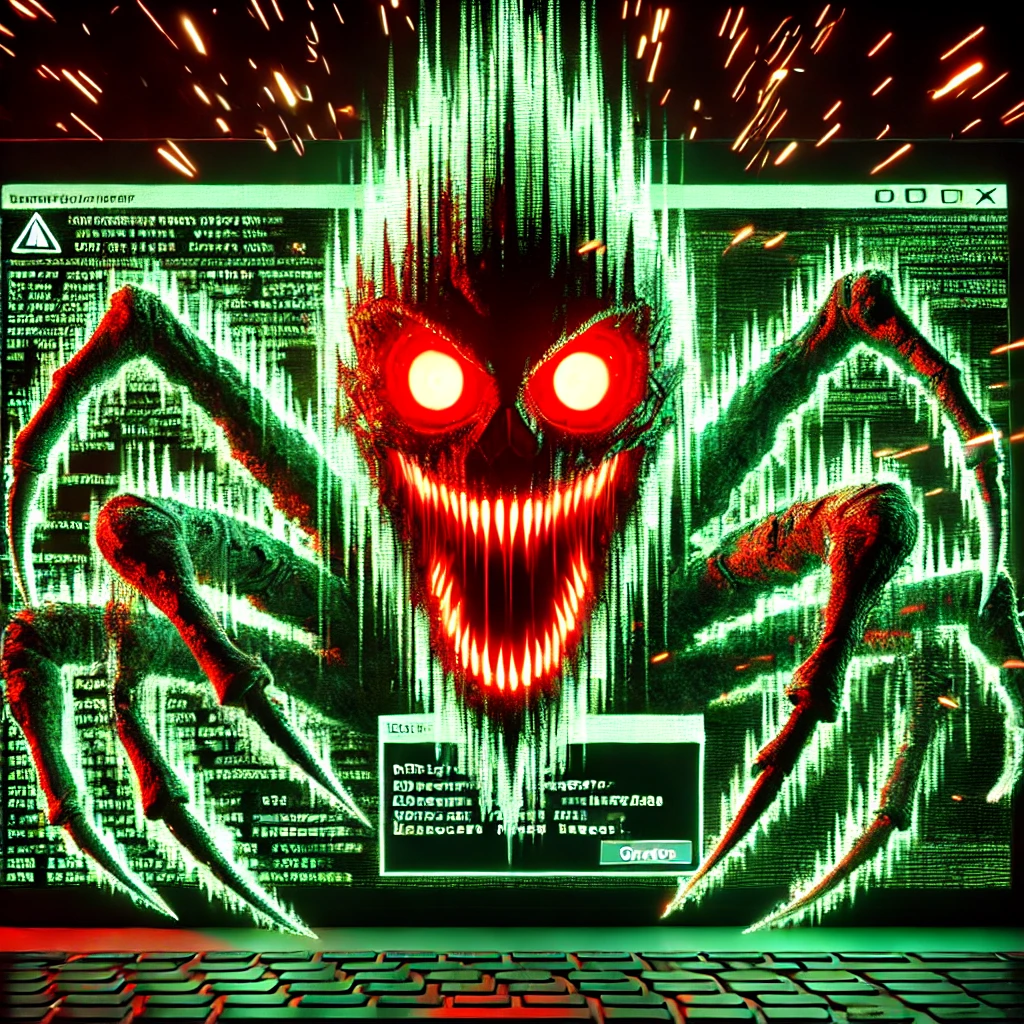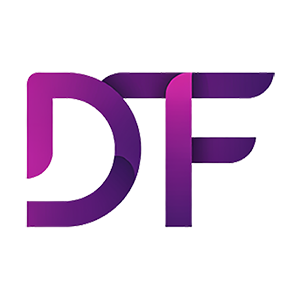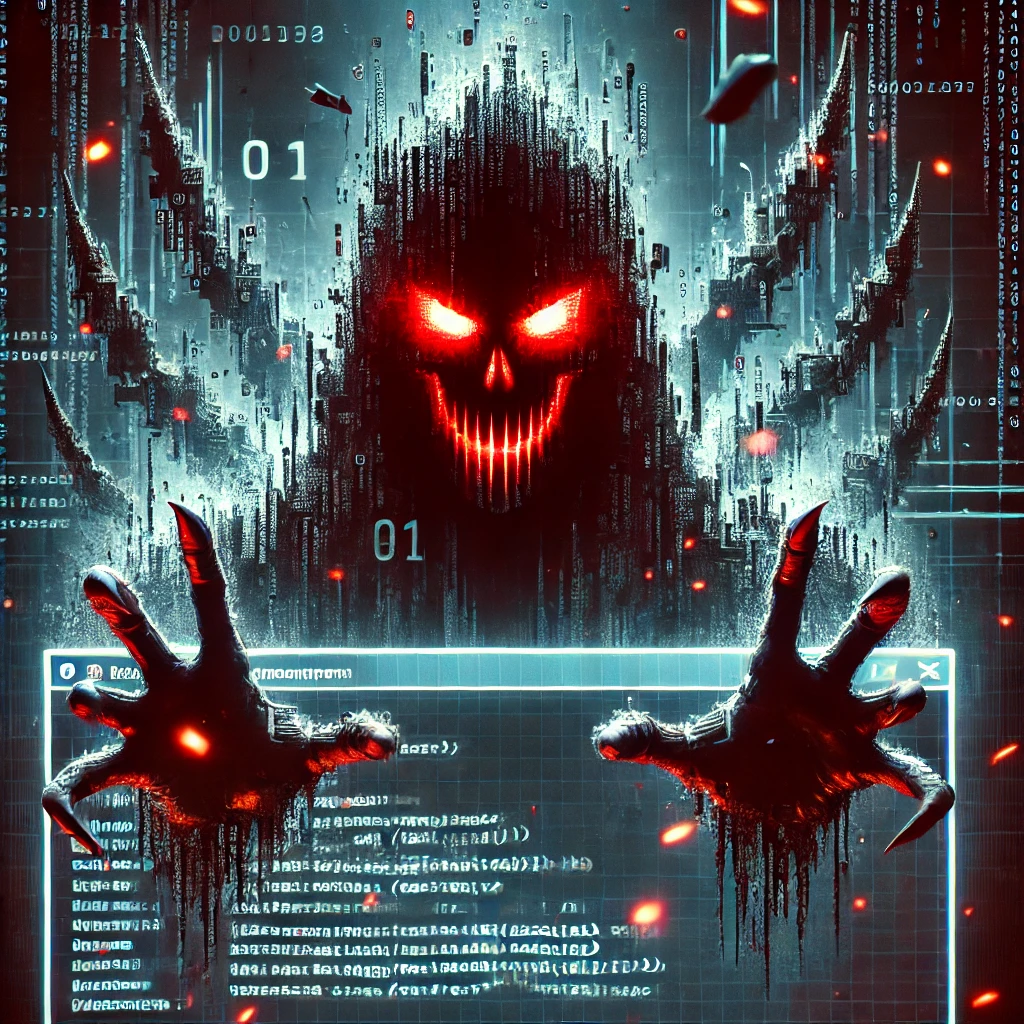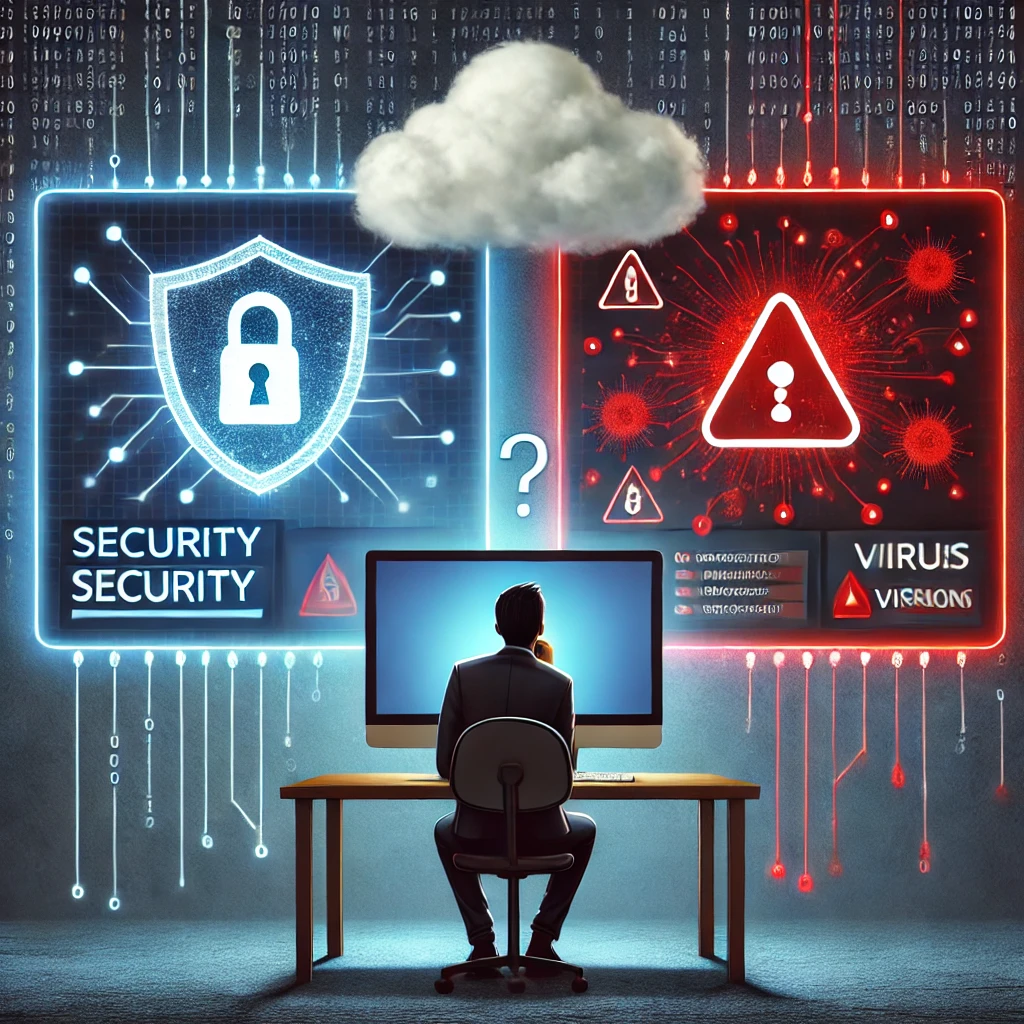


Author:Jonathan Spurling
Posted Date: April 21, 2025

Malware infections can wreak havoc on your computer, compromising your data, slowing down performance, and even stealing personal information. Knowing the signs of a virus and how to effectively remove it can save you from serious trouble. In this post, we’ll cover common symptoms of a malware infection, how to remove threats, and whether you really need third-party antivirus software.
If your computer is behaving strangely, you might have malware. Here are some of the most common signs:

If you suspect your computer is infected, follow these steps to clean it up:
Boot your computer in Safe Mode to prevent malware from running in the background. On Windows, restart and press F8 or hold Shift + Restart to access Safe Mode options.
For Windows users, Windows Defender (Microsoft Defender) is built-in and provides strong real-time protection. Run a Full Scan to detect and remove threats. If you need a secondary opinion, consider running Malwarebytes as an additional scanner
Go to Control Panel > Programs and Features (or Apps & Features in Windows 10/11) and remove any unfamiliar or recently installed software.
Use Disk Cleanup to remove temporary files that malware might be hiding in. Open Run (Windows + R), type temp and %temp%, and delete everything inside those folders.
If your homepage or search engine was changed, reset your browser settings to default and remove unwanted extensions.
Ensure Windows and all software are up to date. Security patches often fix vulnerabilities that malware exploits.
For severe infections, use a bootable antivirus like Kaspersky Rescue Disk or Windows Defender Offline to scan and remove threats before Windows starts.
For most Windows users, Windows Defender is enough. It offers excellent real-time protection, frequent updates, and deep integration with the OS. However, if you want additional protection against phishing or advanced malware, you can consider Malwarebytes (for extra scanning) or a lightweight antivirus like Bitdefender Free.

Mac computers are generally more secure than Windows due to macOS’s Unix-based architecture and strict app security controls like Gatekeeper and XProtect. However, they are not immune. Macs can still get adware, spyware, and phishing attacks. Using built-in macOS security tools and being cautious with downloads is usually enough to stay safe.
Linux systems are significantly less vulnerable to malware due to:
That said, Linux users should still follow best security practices, especially if running a Linux server.
If you don’t feel comfortable handling malware removal yourself or are unsure about potential vulnerabilities, Digital Tech Fusion can help!
We offer on-site services where we come to your location, or you can bring your system to us.
Our experts will perform a full anti-virus scan, malware removal, and system security check to ensure your computer is safe and running smoothly.

If your computer is showing signs of malware, don’t panic—take the necessary steps to remove it. Windows Defender is usually all you need for protection, while Macs and Linux are naturally more secure but not invincible.
The best defense against malware is staying vigilant, keeping your system updated, and avoiding suspicious downloads. And if you need professional help, Digital Tech Fusion is here for you!
Contact Us